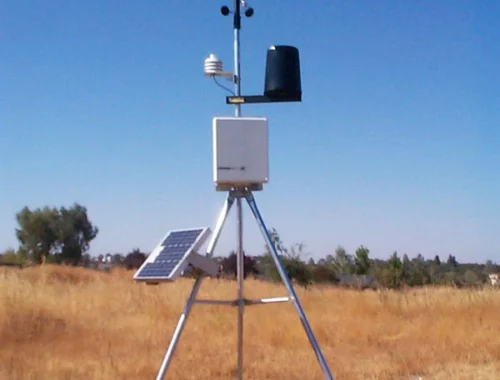MPO to LC Fiber Optic Cable Overview

# MPO to LC Fiber Optic Cable Overview
## Introduction to MPO to LC Cables
MPO to LC fiber optic cables are essential components in modern high-density network environments. These cables provide a reliable and efficient way to connect MPO/MTP-based backbone systems with LC-terminated equipment, offering flexibility in data center and enterprise network deployments.
## Key Features of MPO to LC Cables
MPO to LC cables offer several important features that make them valuable in optical networking:
– High-density connectivity solutions
– Support for both single-mode and multimode fiber applications
– Various fiber counts (typically 8, 12, or 24 fibers)
– Options for male or female MPO connectors
Keyword: mpo to lc cable
– Available in different lengths to suit various installation requirements
## Common Applications
These cables find extensive use in multiple networking scenarios:
### Data Center Deployments
MPO to LC cables are widely used in data centers for connecting high-speed switches to patch panels or directly to servers. They help maintain organized cabling while supporting high-bandwidth applications.
### Telecommunications Networks
Telecom providers utilize these cables to bridge between MPO-based backbone systems and LC-terminated distribution equipment, enabling efficient network expansion and maintenance.
### Enterprise Networks
Large office buildings and campus environments benefit from MPO to LC cables when implementing structured cabling systems that require high port density.
## Types of MPO to LC Cables
There are several variations of MPO to LC cables available:
### Breakout Cables
These cables feature a single MPO connector on one end that breaks out into multiple LC connectors (typically 12 fibers to 6 LC duplex connectors).
### Harness Cables
Harness cables provide a more flexible solution with MPO connectors on both ends and LC connectors in the middle, allowing for customized routing.
### Fanout Cables
Similar to breakout cables but with individual fibers protected in separate jackets for better flexibility and strain relief.
## Performance Considerations
When selecting MPO to LC cables, consider these performance factors:
– Insertion loss specifications
– Return loss values
– Cable bend radius
– Operating temperature range
– Compliance with industry standards (TIA, IEC, etc.)
## Installation Best Practices
Proper installation ensures optimal performance:
– Always inspect connectors before installation
– Follow proper cable management techniques
– Avoid exceeding minimum bend radius
– Use appropriate cleaning tools for connectors
– Label cables clearly for easy identification
## Future Trends
The demand for MPO to LC cables continues to grow with:
– Increasing adoption of 40G and 100G networks
– Development of higher density MPO connectors
– Advancements in cable manufacturing for better performance
– Growing need for space-saving solutions in data centers
MPO to LC fiber optic cables serve as critical interconnect solutions in modern optical networks. Their ability to provide high-density connectivity while maintaining performance makes them indispensable in data centers, telecom networks, and enterprise environments. As network speeds continue to increase, these cables will evolve to meet the growing demands of next-generation optical infrastructure.
You May Also Like

Automatic Weather Station Price Analysis and Market Trends
March 16, 2025
Essential Pool Supplies for a Perfect Swimming Experience
March 18, 2025